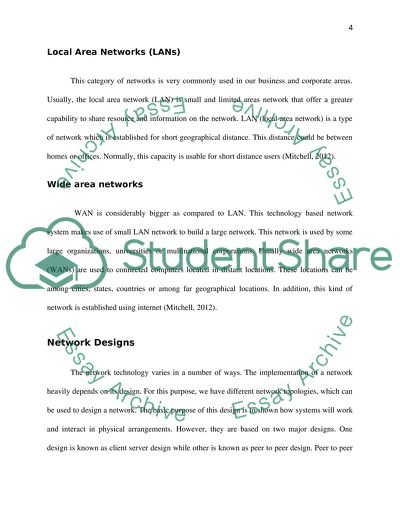Cite this document
(“Strengths and Weaknesses of Wireless Networking Essay”, n.d.)
Retrieved from https://studentshare.org/information-technology/1443118-computer-security-assignment
Retrieved from https://studentshare.org/information-technology/1443118-computer-security-assignment
(Strengths and Weaknesses of Wireless Networking Essay)
https://studentshare.org/information-technology/1443118-computer-security-assignment.
https://studentshare.org/information-technology/1443118-computer-security-assignment.
“Strengths and Weaknesses of Wireless Networking Essay”, n.d. https://studentshare.org/information-technology/1443118-computer-security-assignment.


